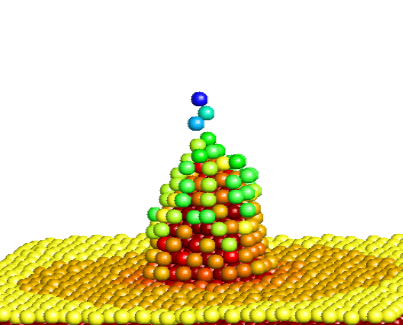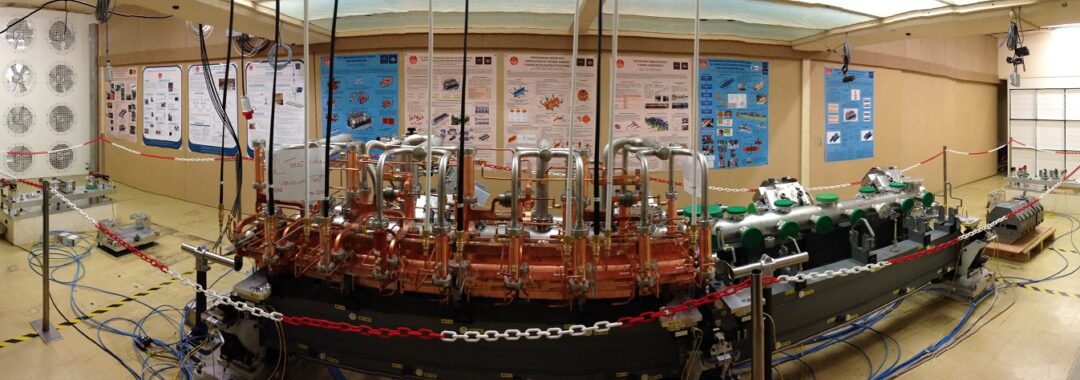Accelerator Technology
The development of particle physics requires accelerators which produce particle beams with increasingly high energy and intensity. This leads unavoidably to increasingly large demands on the materials surrounding the particle beam. In future accelerator concepts such as CLIC and FAIR, the accelerating components themselves are subject to damage due to instabilities in the intense radio frequency fields used to accelerate the beam. Already in LHC, the enormous amounts of particles produced in the particle reactions will cause great radiation damage to the very same solid state detectors which are used to detect them.
The Linear Collider Research project of Helsinki Institute of Physics participates in the Compact LInear Collider (CLIC). The multi TeV range linear collider would allow physicists to explore a new energy region beyond the capabilities of today’s particle accelerators. CLIC is developing two-beam technology for a multi-TeV electron positron collider in view of a decision on the future direction of the high energy frontier in the coming years. After the completion of its Conceptual Design Report (CDR) in 2012, the CLIC study has entered project preparation phase that will lead to a Technical Implementation Plan by 2018. The focus of the HIP contribution is on R&D for the CLIC RF structures and the integration of the RF structures into the CLIC module. There are currently two groups working on the HIP’s Linear Collider Research project: the experimental research group supervised by Dr. Markus Aicheler and the computational research group supervised by Dr. Flyura Djurabekova.
The topics studied in HIP for CLIC includes industrialisation of the RF component and structure manufacturing, the development of dynamic vacuum and internal shape measurement techniques as well as studies of the electrical breakdown probability in the CLIC RF structures.

The Materials for Accelerator Technology (MAT)
The project is aimed to study the the electrical breakdown probability in the CLIC RF structures. A critical issue for CLIC is to limit the electrical breakdown probability in the RF structures in order to achieve a stable beam with sufficiently high accelerating gradient (> 100 MV/m). The MAT research group supervised by Dr. Flyura Djurabekova is currently working on a multi-scale model for the physics processes leading to electrical breakdown and other defects on the surface of the RF structures. This work will give useful information on appropriate choices for the design, the preparation and the production for the RF structures, in view of reducing the breakdown probability during operation. The deformation of the RF structure disks during assembly and possibilities of atomistic simulations to give information on the optimisation of the bonding process will be studied as well. (More)

Module, Structures & Manufacturing (MSM)
The Module, Structures and Manufacturing (M.S.M.) group works on the hardware development essential for upcoming accelerator based projects. Currently, the Compact LInear Collider (CLIC) study is in the main focus of interest and work related to the CLIC module development (design, integration of subsystems, coordination of manufacturing, testing, etc.) as well as the manufacturing of various pieces of the CLIC module are conducted. The long lasting collaboration between Helsinki Institute of Physics (HIP) and CLIC yielded already noteworthy joint projects, such as formerly “Marie Curie Linking Industry” (MeChanICs) project, and other Finnish industry activating projects.
The interest of the group lay in expanding the portfolio of manufacturing techniques and their industrial stakeholders applicable to upcoming accelerator machine challenges. Examples for typical manufacturing demands are: Ultra-high precision machining and assembly, additive manufacturing of metals and ceramics as well as high temperature bonding. The group tries to foster collaborations on these fields between Finnish companies and big science projects… (More)

